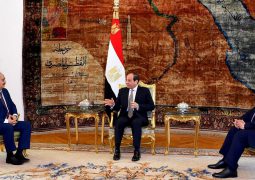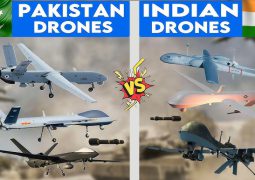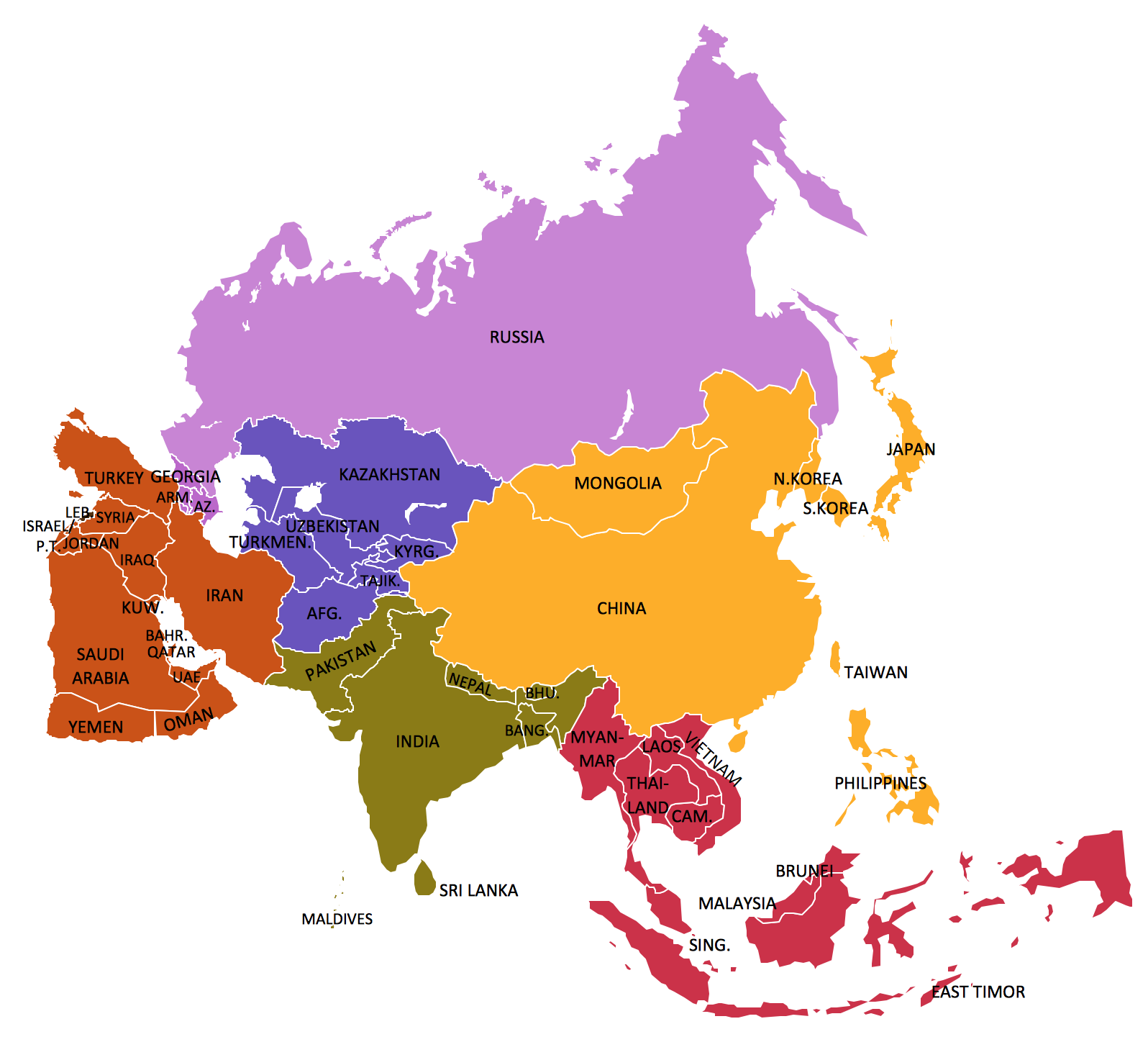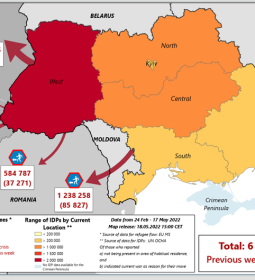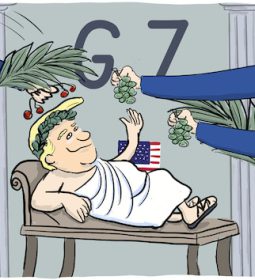Russia is back in Syria in bold way: Al-Sharaa Governments asks Moscow to re-establish nine military positions in Syria’s Quneitra
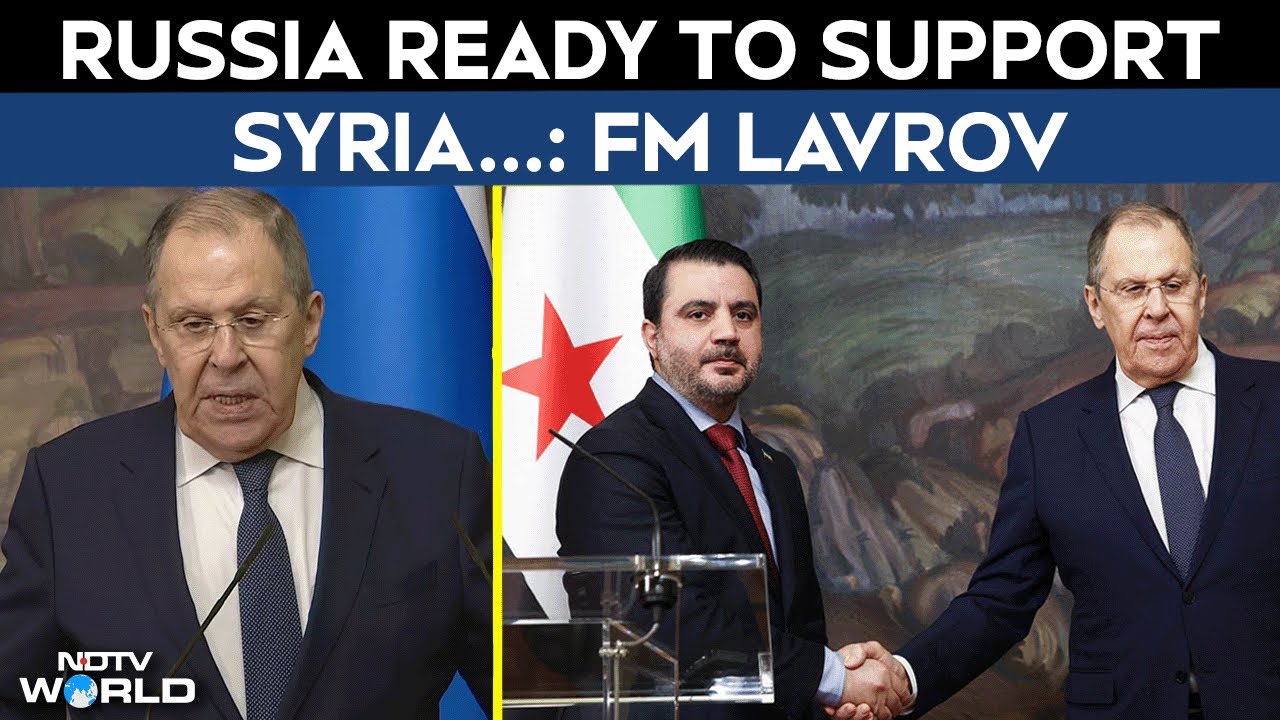

A high-level Russian delegation visited Syria’s Quneitra Governorate on 17 November, The Cradle has learned from private sources, indicating Moscow’s intention to reinforce its military presence in the sensitive region adjacent to the Israeli-occupied Golan Heights.
The Russian delegation included officers from field commands operating in Syria, accompanied by a committee from the Syrian Ministry of Defense. The delegation conducted an extensive tour of several military sites from which Russian forces had previously withdrawn.
Contrary to some leaks suggesting trilateral coordination or a Turkish role in restructuring the military presence in the south, the delegation did not include any Turkish officers.
According to the sources speaking with The Cradle, the absence of the Turkish side reflects a Russian desire to manage the southern file exclusively through channels between Damascus and Moscow.
The tour included several military positions where Russia deployed its forces in 2018 as the Syrian war ended. That year, foreign-backed militants from the former Al-Qaeda affiliate, Hayat Tahrir al-Sham (HTS), reached agreements with Syrian and Russian forces to evacuate the area and leave toward the HTS stronghold of Idlib Governorate in northwest Syria.
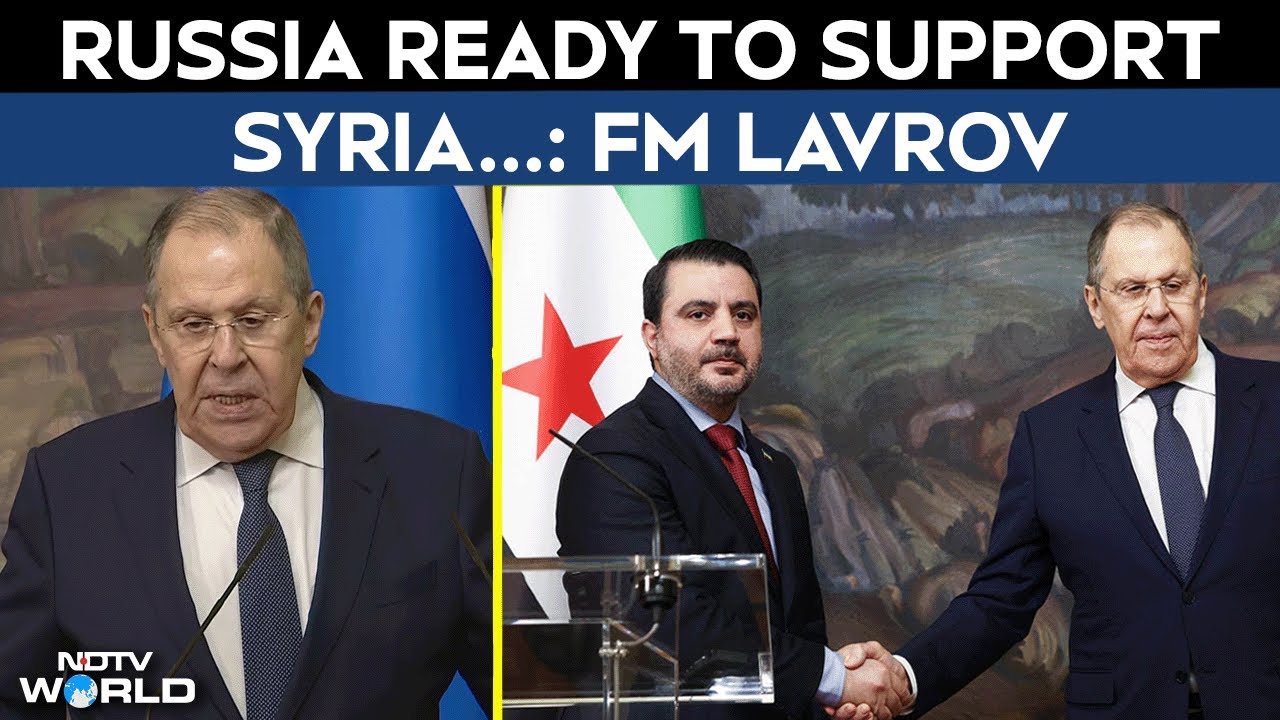
Moscow reduced its presence in Quneitra after HTS, led by Syria’s current self-appointed President Ahmad al-Sharaa, toppled the government of former president Bashar al-Assad in December of last year.
Among the most prominent of the sites toured by the delegation on Monday was the Tulul al-Hamr, one of the most sensitive military positions in the region due to its proximity to the 1973 ceasefire line and its importance for monitoring and surveillance operations towards Israeli forces occupying the Golan Heights.
According to information obtained by The Cradle, the Russian command has decided to redeploy its forces to nine military positions in southern Syria, mainly in the Quneitra and Deraa countryside.
These are the positions from which it withdrew during the transitional phase following the ousting of Assad. This move is part of a new Russian strategy to reposition its military influence along the southern border and ensure that no vacuum is created that could be exploited by regional or local powers.

According to informed sources, the Russian delegation maintained a permanent logistics post in Quneitra after concluding its tour. The post aims to assess technical and engineering needs and to submit detailed reports on redeployment requirements, including the rehabilitation of infrastructure and supply lines, and the necessary readiness to activate these points in the coming period.
This development follows a series of reciprocal Russian–Syrian moves, the most recent being the arrival of a large delegation from the Russian Ministry of Defense in Damascus a few days ago.
This was in addition to the telephone call between Russian President Vladimir Putin and Israeli Prime Minister Benjamin Netanyahu, which followed the visit of President Sharaa to Moscow. It is estimated that southern Syria was a key topic in these communications.
According to The Cradle sources, practical steps for redeployment in southern Syria are expected to begin in the coming weeks, with Moscow gradually announcing the reopening of some of its military posts before the end of the year.
Analysts believe the Russian return to Quneitra has strategic dimensions that extend beyond military considerations. Moscow seeks to consolidate its influence in the country as regional alliances are being rebuilt and the balance of power shifts following the transitional phase in Damascus.
In particular, Russia wishes to keep its naval base in Tartous and its air base in Hmeimim on the Syrian coast to project power in the Mediterranean and toward Africa.
A tacit relationship between Russia and Israel was revealed in February, when Netanyahu visited Washington to present a “white paper” regarding Syria to US officials.
After Netanyahu’s visit, Reuters reported that “Israel is lobbying the United States to keep Syria weak and decentralized, including by letting Russia keep its military bases there to counter Turkey’s influence.”
The Times of Israel later commented that Tel Aviv was lobbying the “US to buck Sharaa’s fledgling government in favor of establishing a decentralized series of autonomous ethnic regions, with the southern one bordering Israel being demilitarized.”
In its effort to divide Syria, Israel is seeking to create autonomous regions in Druze-majority Suwayda and the Alawite-dominated Syrian coast.
- Previous Anwar: Youth aren’t the future — they’re the change now
- Next Netherlands Backs off and Ends Nexperia Intervention, Resolving China Chip Standoff




